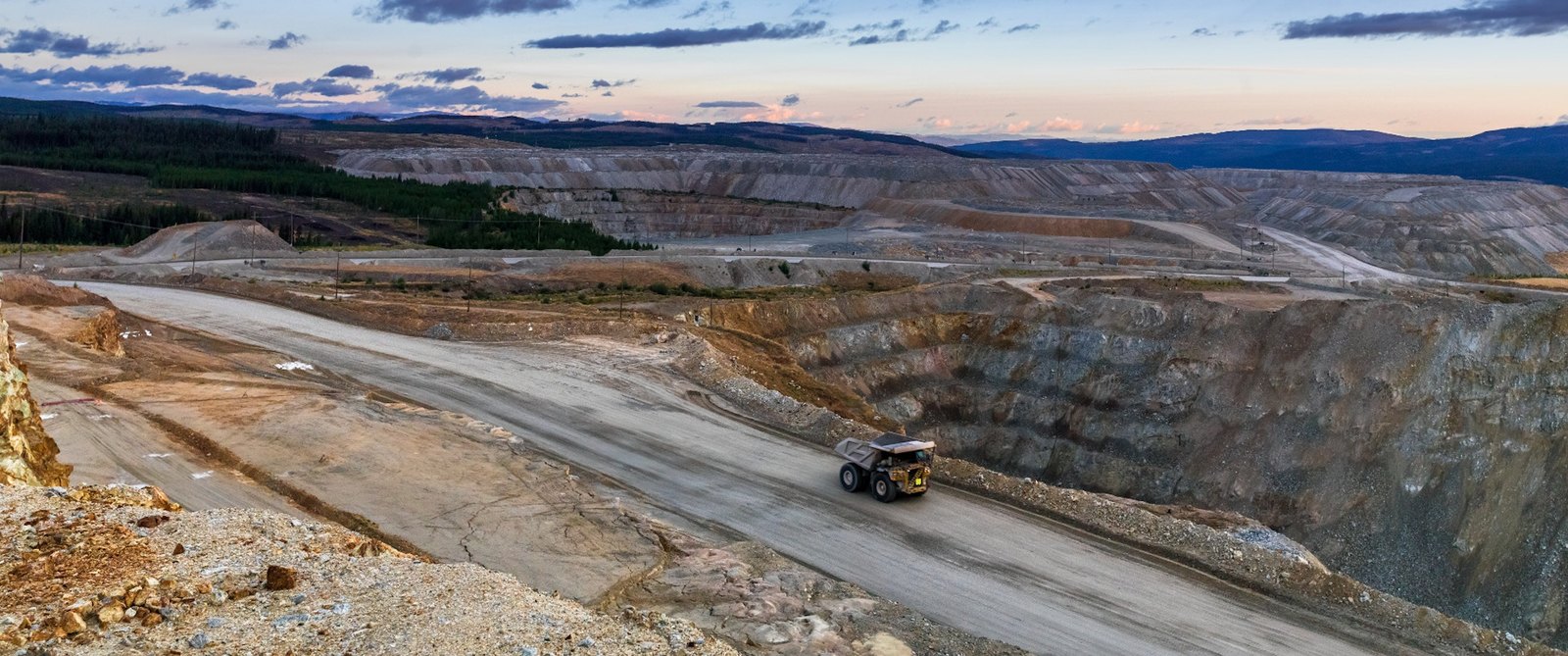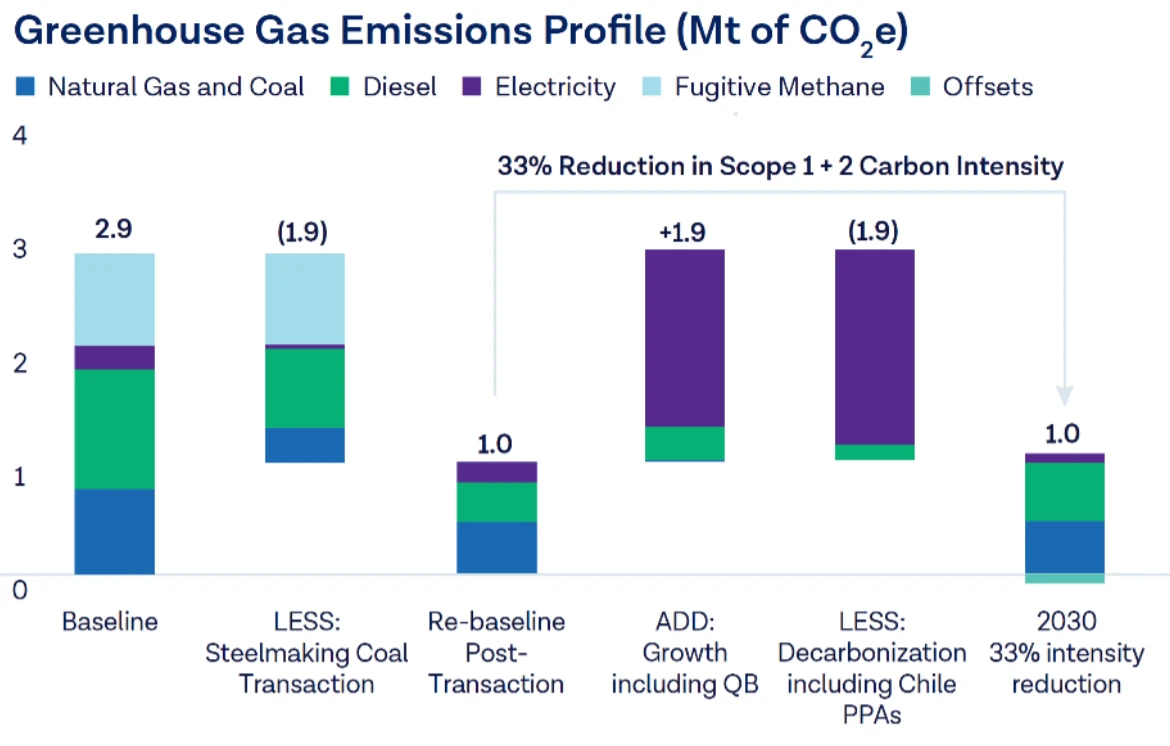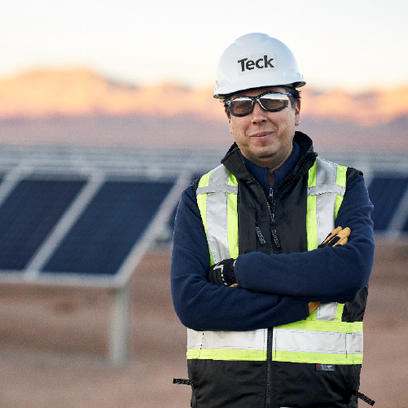The majority of Teck’s process and stationary emissions originate from our Trail Operations, where the use of carbon is essential for the lead smelting process. Carbon plays a key metallurgical role in metals production and, today, there are limited alternatives. One option Teck is evaluating is the use of carbon capture at our Trail Operations to test the viability of capturing GHG emissions that could eventually be used or stored. The carbon capture pilot project at our Trail Operations’ metallurgical complex operated from late 2023 to Q3 2024. The pilot plant separated CO2 from flue gas at Trail Operations at a rate of one tonne per day.
Teck is also evaluating options for local geological storage of the captured CO2 in the Trail area. Adopting carbon capture and storage at scale will depend on the technical success of the piloting work for capture and storage as well as the overall financial viability of the project. In parallel, Teck is advancing preliminary front-end engineering design (pre-FEED) studies on electrification and low-carbon fuels as alternatives to, or complements to, carbon capture and storage.








